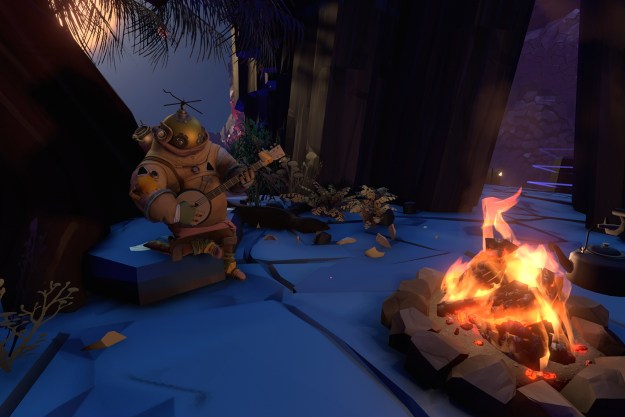When launching a game console, the price can be one of the last things companies nail down, despite it being an extremely important factor in whether players buy it. Consoles have launched concurrently with one sporting a much lower price tag, and the cheaper option often gets an early lead. This isn’t the only factor in whether or not a console will succeed, but price plays a very important role. Digital Trends looked back on every major home console released in North America since the Nintendo Entertainment System and examined if its price contributed to its success — or failure.
Third-generation systems
Nintendo Entertainment System
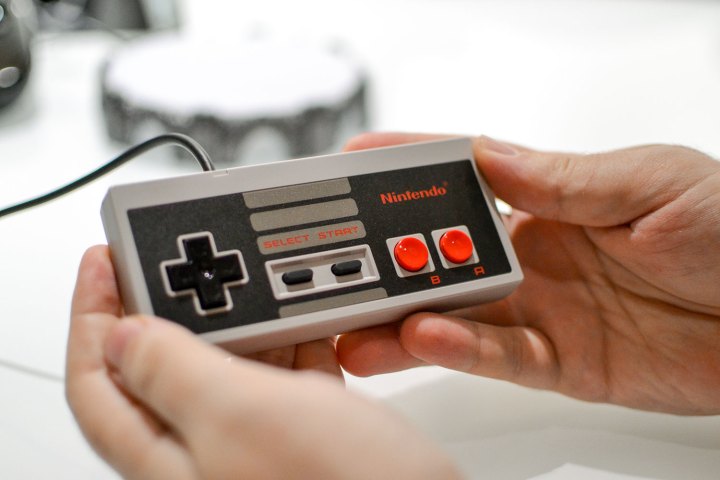
Price at launch: $180
Price adjusted for inflation: $428
The Nintendo Entertainment System brought the video game industry out of a crash that began in 1983, and it didn’t begin in North American with a wide release. Instead, a limited release began in 1985 with a wider one following the next year. The initial “Deluxe Set” included R.O.B., the NES Zapper, two controllers, and two games. Its $180 price was high, but Nintendo later introduced cheaper alternatives, including the famous “Action Set” that featured the Super Mario Bros./Duck Hunt combo cartridge.
Despite being pricey at launch, the Nintendo Entertainment System and Famicom combined to sell more than 61 million units. With R.O.B. included, Nintendo was able to initially market the NES more as a toy than a video game console, a product-type that had tanked in popularity over the previous few years.
Sega Master System
Price at launch: $200
Price adjusted for inflation: $467
Sega’s attempt to cash in on the video game industry’s renewed success, the Sega Master System wasn’t particularly impressive. Despite being only slightly more expensive than the NES when it launched in 1986, it sold a fraction of what Nintendo’s system managed.
Nintendo’s tight grip on the industry and its developer exclusivity policies didn’t help Sega break into the industry, as many of the top game studios were legally forbidden from working with them. It would take Sonic the Hedgehog to put Sega on the map and get companies interested in developing for its next system, but that wouldn’t happen for several years.
Atari 7800
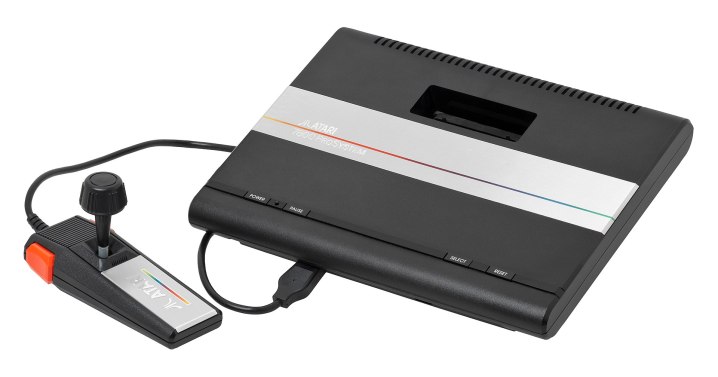
Price at launch: $140
Price adjusted for inflation: $327
When going up against Nintendo, a competitor needs a knockout punch, and Atari learned this with the Atari 7800 system. Launched in 1986 for the modern equivalent of about $327, it was certainly more affordable than its competitors. It also featured support for the much more successful Atari 2600, but reportedly sold fewer than 4 million units. That was no enough to keep Atari out of future console manufacturing, however.
The Atari 7800 was more powerful than its predecessors, but it still felt dated in comparison to the NES. An archaic controller, poor game selection, and competition from Nintendo ensured it came nowhere near the market share the Atari 2600 had won. Atari’s reputation was also suffering because its previous system, the Atari 5200, was a complete failure and was discontinued within two years.
Fourth-generation systems
TurboGrafx-16
Price at launch: $199
Price adjusted for inflation: $416
Released as a pseudo-16-bit system that actually used an 8-bit processor, the TurboGrafx-16 was a half-step into the next generation. The price made it fairly competitive with the Nintendo Entertainment System given its increased power, but it also happened to launch the same month as the Sega Genesis, which would quickly steal attention away with its flashier visuals and more impressive hardware.
TurboGrafx-16 wasn’t starved for games, especially shoot-’em-ups, but the system itself had very little to offer that competitors couldn’t do. Since then, it has developed a cult following and is getting its own plug-and-play console in 2020.
Sega Genesis

Price at launch: $189
Price: adjusted for inflation: $393
Launching well ahead of the Super Nintendo Entertainment System and for a slightly cheaper price, the Sega Genesis had a slow launch, as it didn’t yet have a killer mascot or system-selling game that could draw people away from Nintendo and had to rely solely on its faster processor for appeal. In contrast, Nintendo had Mario, which was still extremely popular despite being on the less-powerful NES.
New Sega of America president Tom Kalinske opted for a price cut in 1991, but this wasn’t the only reason sales picked up. Sonic the Hedgehog finally gave Sega a mascot worth marketing and a fleet of great games like Phantasy Star and the definitive version of Mortal Kombat helped keep older players interested. It sold more than 30 million units over its lifespan.
Super Nintendo Entertainment System
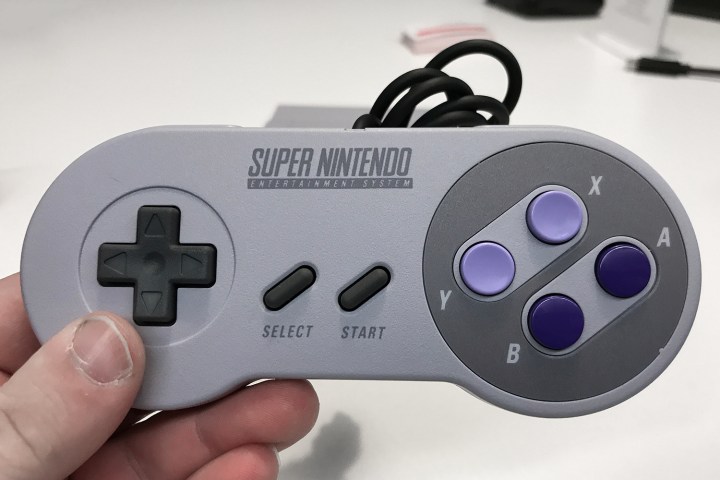
Price at launch: $199
Price adjusted for inflation: $414
The follow-up to one of the best game consoles ever made, the Super Nintendo Entertainment System didn’t have to reignite the game industry, but it did have to live up to expectations. Its $199 price wasn’t cheap in 1991, particularly since Nintendo was largely marketed toward children. The similar prices of its competitors made this largely a non-factor, however.
The SNES and Super Famicom systems combined to sell more than 49 million units, according to Nintendo. It continued receiving excellent exclusive games, including Super Mario World and Final Fantasy VI, and remains one of Nintendo’s most revered systems.
Philips CD-i

Price at launch: $700
Price adjusted for inflation: $1,381
The Philips CD-i is one of the strangest consoles ever released. It was initially planned for SNES compatibility similarly to the original PlayStation’s planned compatibility, but this was eventually abandoned and was released as its own unit. It received several revised versions and its launch price of $700 — obscene even in 2020 — is the equivalent of nearly $1,400 today.
On top, the CD-i’s games were legendarily bad. It received three exclusive Zelda games and one Mario game, and they’re the worst games in both series. More advanced visuals than other systems couldn’t substitute for poor gameplay, which the next console on this list would also learn the hard way.
Fifth-generation systems
3DO
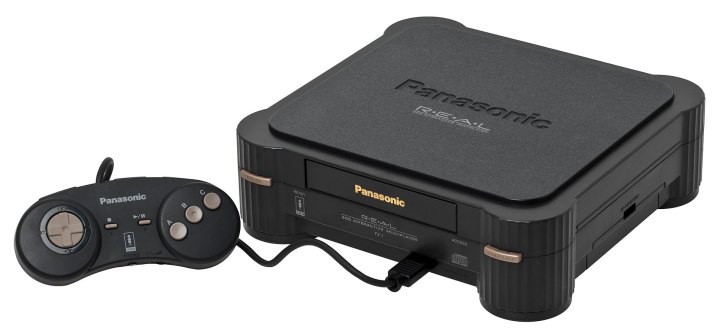
Price at launch: $700
Price adjusted for inflation: $1,250
Much like the CD-i, the 3DO Interactive Multiplayer system was marketed as a premium system for hardcore players. It was more powerful than other consoles when it launched and was capable of playing more advanced games, but its price meant it was out of reach for children and many adults.
Full-motion video and games like Wing Commander III: Heart of the Tiger could only do so much, and the 3DO existed as an interesting relic rather than a worthwhile console. It’s estimated to have sold fewer than 1 million units.
Atari Jaguar

Price at launch: $249
Price adjusted for inflation: $445
A console that was more expensive than the SNES and Genesis but promised extra power to back it up, the Atari Jaguar marketed itself as a 64-bit system years before the Nintendo 64 release. The price accounted for this, but the console’s unique architecture was not truly 64-bit and the games showed this.
Games didn’t look radically different from what was on SNES or Genesis, and when compared to the later PlayStation and Nintendo 64 library, they didn’t come close. The Jaguar would be the last console Atari produced, selling on a few hundred thousand units before being discontinued.
Sega Saturn

Price at launch: $400
Price adjusted for inflation: $677
Two consoles could coexist and succeed in the 1990s, but three was apparently too much. The Sega Saturn was the company’s full follow-up to the Genesis after its 32X and Sega CD peripherals, and its price was substantial. At more than twice the launch price of the Genesis, the Saturn lost much of its appeal, despite being packaged with the impressive Virtua Fighter.
It sold relatively well early on, but the Saturn soon faced competition from Sony’s new PlayStation and the Nintendo 64. It couldn’t compete with either system, despite a large price cut, and would be the first sign of trouble for Sega’s hardware business.
PlayStation

Price at launch: $299
Price adjusted for inflation: $506
One of the few consoles that managed to succeed despite a very high launch price, the original PlayStation is one of the most successful game systems ever. Its $299 launch price eventually dropped, allowing it to compete with the Sega Saturn and later the Nintendo 64.
Sony’s success with the system, however, can be traced back to its exclusive games. Final Fantasy VII, Metal Gear Solid, Twisted Metal, and Resident Evil released only for PlayStation. They were unlike anything on competing platforms, and Sony would take this momentum into the next generation.
Nintendo 64

Price at launch: $200
Price adjusted for inflation: $329
Far from Nintendo’s most-successful systems but also not a failure, the Nintendo 64 was priced at an ultra-competitive $200 when it launched in 1996. Bundled with Super Mario 64 and later receiving excellent exclusives like The Legend of Zelda: Ocarina of Time and Super Smash Bros., it was a perfect choice for all ages and saw Nintendo’s developers at their peak.
However, it sold only about one-third of the PlayStation’s total. Third-party support had begun to move to Sony’s system, which would continue for years — including the next console generation.
Sixth-generation systems
Dreamcast
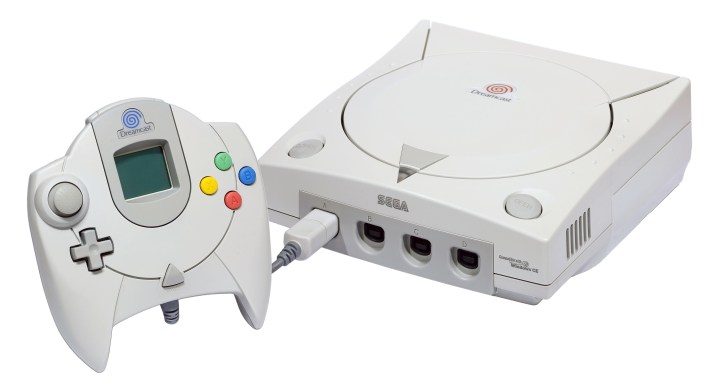
Price at launch: $199
Price adjusted for inflation: $308
Had the Dreamcast not faced so much competition, it could have succeeded. Releasing for North America in 1999 for just $199, it was the most powerful home game console at the time and featured several great games, including Crazy Taxi and Resident Evil: Code Veronica. Despite this, it was discontinued by 2001.
The PlayStation 2 launched in 2000 and managed to attract significantly more attention. It was joined in 2001 by both the GameCube and the original Xbox. The market had become too crowded for Sega, which shifted to third-party game development.
PlayStation 2

Price at launch: $299
Price adjusted for inflation: $448
Pricey but not ludicrously expensive at launch in 2000, the PlayStation 2 went on to be the bestselling home game console ever. Its price tag was somewhat offset by its huge launch lineup, which included SSX, TimeSplitters, Tekken Tag Tournament, Madden NFL 2001, and Unreal Tournament.
Over the next few years, PlayStation 2 would receive several must-have exclusives. These included Grand Theft Auto III, Kingdom Hearts, and Metal Gear Solid 2: Sons of Liberty. Its price was cut multiple times during its lifespan keeping sales high, and it continued receiving great games after the PS3 had launched.
GameCube
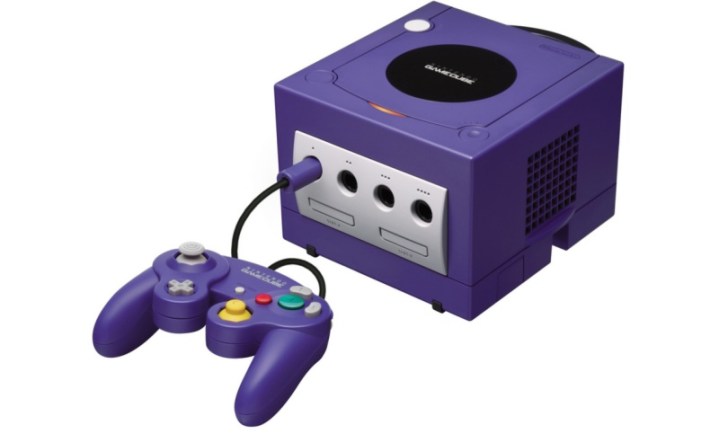
Price at launch: $199
Price adjusted for inflation: $290
The GameCube continued Nintendo’s downward sales trend despite being one of Nintendo’s cheapest consoles ever. Less than $300 when adjusted for inflation, it launched in 2001 with Luigi’s Mansion as its biggest exclusive, and Super Smash Bros. Melee followed shortly after.
Unfortunately, Nintendo still couldn’t attract significant third-party development compared to Sony, and with Microsoft’s Xbox now in the picture, Nintendo had to rely more on its own games to move units. At less than 22 million systems sold, the GameCube is one of Nintendo’s biggest disappointments.
Xbox
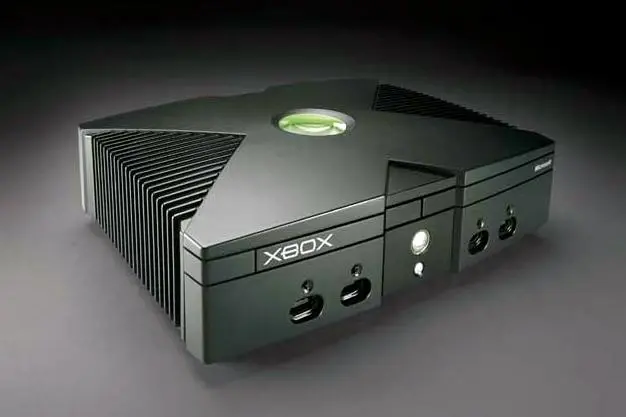
Price at launch: $299
Price adjusted for inflation: $436
A fairly expensive system that justified its price by having more power than its competitors, the original Xbox would have gone the way of the CD-i and 3DO if it weren’t for Halo: Combat Evolved. The first-person shooter revolutionized the genre on consoles, and the system went on to sell 24 million units. Beating Nintendo on the first try is no small feat.
In 2003, Microsoft also became the first console to adopt wide-scale online multiplayer with Xbox Live, and Halo 2 supported it at launch the following year. One franchise can rarely sell as a system, but that was certainly the case with Xbox.
Seventh-generation systems
Xbox 360

Price at launch: $299
Price adjusted for inflation: $395
The Xbox 360 had something most modern consoles don’t have at launch: a head-start. The console launched in 2005, while both the Wii and PlayStation 3 didn’t arrive until the following year. The jump in power from one generation to the next was significant, and launch game Call of Duty 2 gave players a reason to own the system from the beginning.
The game and year advantage helped offset the fact that the $299 price did not include a storage device. Getting the Xbox 360 with a 20GB hard drive would cost another $100. Luckily for Microsoft, even that price seemed low when Sony released its next console. The Xbox 360 sold more than 84 million systems during its lifetime.
PlayStation 3

Price at launch: $499
Price adjusted for inflation: $639
A bad jump out of the gate doesn’t mean a system is finished, and Sony realized that with the PlayStation 3. It launched the console in 2006 starting at $499, with a $599 version packing a larger hard drive. Among its launch games was the excellent Resistance: Fall of Man, but it was going up against Microsoft’s smash-hit Gears of War.
The price, however, eventually came way down, and Sony gradually started releasing exclusives that players cared about. Uncharted 2, God of War III, LittleBigPlanet, and Metal Gear Solid 4 could only be played on PS3, and free-game subscription programs like PlayStation Plus sweetened the deal. By the end of the generation, the PS3’s sales would just edge out the Xbox 360’s.
Wii

Price at launch: $250
Price adjusted for inflation: $320
Nintendo had three very big things going for it when the Wii launched: a low price, revolutionary technology, and third-party support. Its motion controls were a huge draw even before games were considered, and launching with The Legend of Zelda: Twilight Princess and Wii Sports made it the hottest console around. Cheaper than either competitor, it was also an obvious choice for parents during the holidays.
The momentum would somewhat dry up after the motion control craze ended and developers started making better games on PS3 and Xbox 360, but the Wii already made its mark. It remains Nintendo’s most successful home console with more than 100 million units sold.
Eighth-generation systems
Wii U

Price at launch: $300
Price adjusted for inflation: $336
After the victory of the Wii, Nintendo suffered a massive blow with the WiiU. A low price couldn’t save this system marred by disappointing hardware and horrible marketing. The Wii U launched for a modest $299 in 2012, and a slightly more expensive version packed in the game Nintendo Land, showing off the system’s features. Unfortunately, these features weren’t very impressive, and the touch-sensitive controller wasn’t nearly as revolutionary as the Wii’s remote.
The Wii U also struggled because of its confusing name, which led customers and Nintendo fan Jimmy Fallon to think it was a Wii add-on system. It’s hard to recover from that, and Nintendo replaced the system with the Switch after less than five years.
Xbox One

Price at launch: $499
Price adjusted for inflation: $553
Nintendo wasn’t the only one to have a fall from grace. Microsoft’s Xbox One launch was botched from the start. Priced at $499 with Kinect as a pack-in accessory in all bundles, the console was a full $100 more than the PS4, and the months leading up to launch were filled with controversies surrounding the company’s initial plans for required online play and used game restrictions.
Despite a price cut, the Xbox One never managed to catch up to the PS4. The lack of exclusive games, most of which are available on PC, is in stark contrast to the Switch and PS4 libraries, though Microsoft later found success with its Xbox Game Pass program.
PlayStation 4

Price at launch: $399
Price adjusted for inflation: $441
Whenever Microsoft made a mistake with its Xbox One marketing, Sony did the exact opposite with the PS4. Already marketed as a consumer-friendly system that would have no restrictions on internet connectivity or used games, Sony went for the kill shot at E3 2013 when it revealed the console would cost $100 less than the Xbox One.
Sony consistently showed off better first-party and third-party exclusives that let it hold a sizeable lead over Microsoft this generation, even after the Kinect was discontinued and the Xbox One’s price matched PS4. The PS4 is one of the bestselling consoles ever, outselling even the Wii.
Nintendo Switch
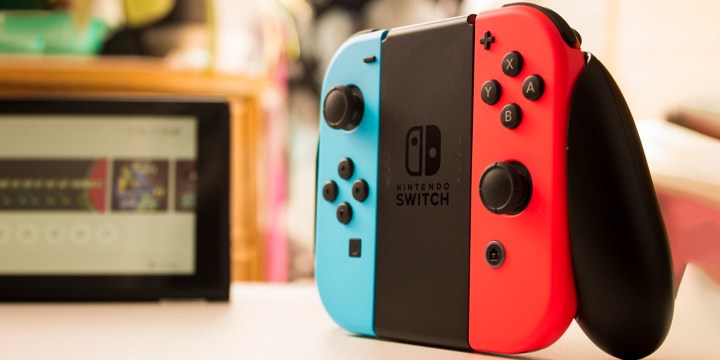
Price at launch: $300
Price adjusted for inflation: $316
Launching in the middle of a generation as excitement for other systems waned, the Nintendo Switch was affordable at launch and featured a gimmick that players couldn’t resist: Hybrid play. Switching between use as a home console and a portable system coupled with the low price made the Switch the smash-hit Nintendo was desperate for after the Wii U’s failure.
With the even cheaper Nintendo Switch Lite arriving in 2019, Nintendo’s console lineup remains inexpensive and innovative, despite its game prices rarely dropping. Even with new systems coming in late 2020, the Switch’s novelty means it will likely continue to sell without a drastic cut.
Editors' Recommendations
- Best gaming console deals: cheapest prices on PS5, Xbox S and X and Switch
- Best Nintendo Switch deals: consoles, games, and accessories
- Nintendo Switch Game Vouchers: how they work and eligible games
- The best fighting games on Nintendo Switch
- The best Nintendo Switch games for kids


